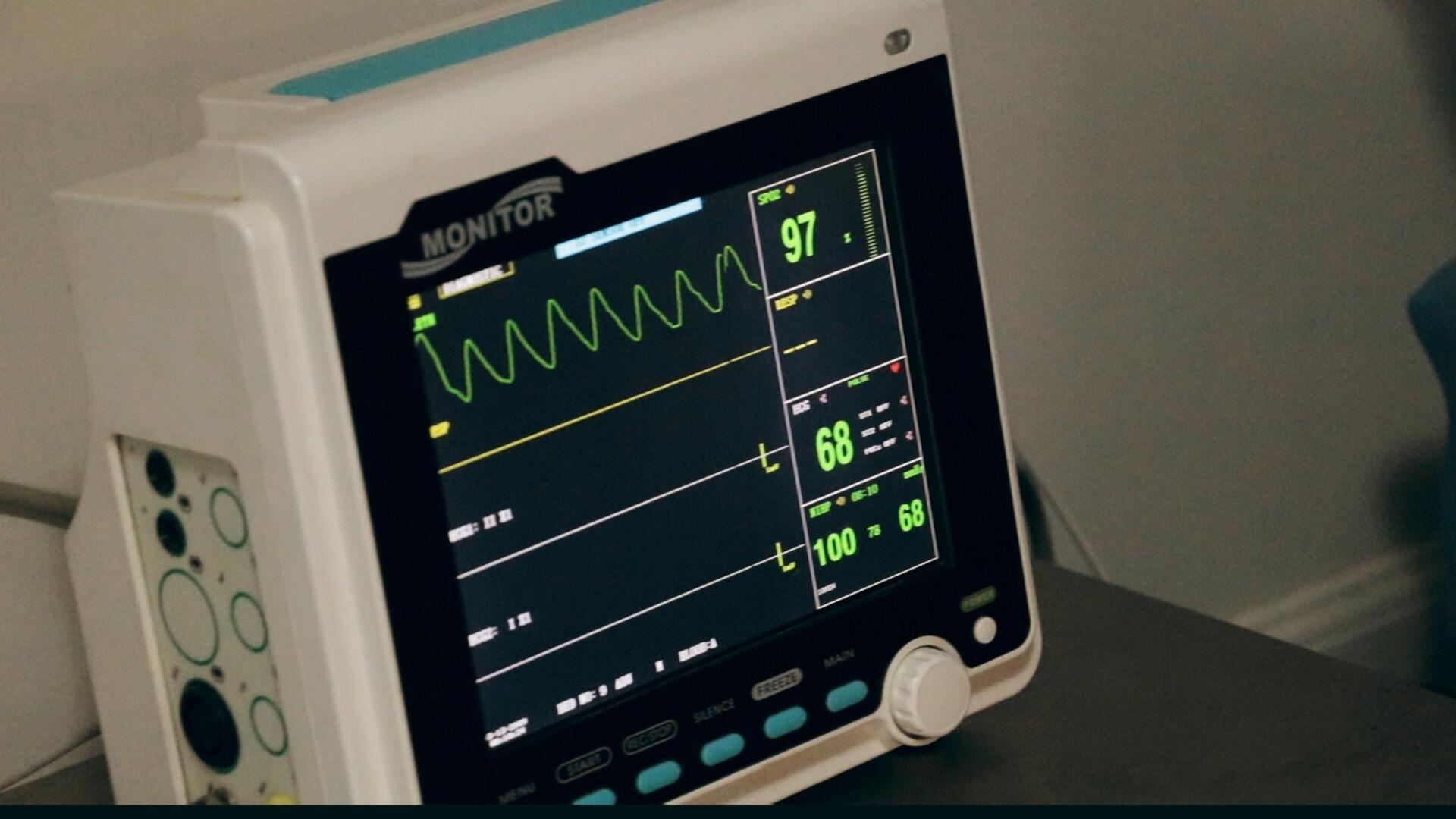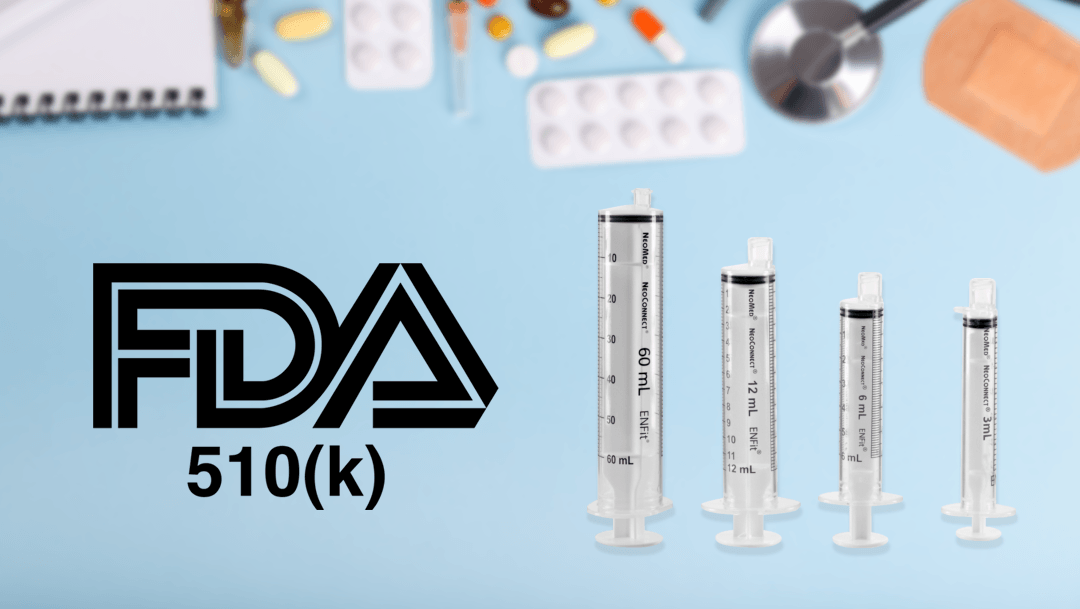Human Factors Validation for FDA Medical Device Compliance
What Is human factors validation?
Human factors validation focuses on assessing how intended users interact with a medical device under expected conditions in simulated use. The FDA requires this process to confirm that the device can be used safely and effectively by the intended users without causing harm or errors.
It’s not about making assumptions—validation involves carefully designed usability tests where actual users perform critical tasks with the device. Their performance and any issues that arise form the basis for confirming that the device can be used safely and effectively by the intended users or if improvements are needed to the product’s design. If an iterative process has been used leading up to summative human factors validation testing, the results are more likely to confirm that users can safely use the device.
When it comes to medical devices, safety isn’t just a priority—it’s a legal and moral obligation. One critical process that ensures the safe and effective use of these devices is human factors validation. It’s not just about creating products that work; it’s about designing devices that work for the people using them. Most importantly, human factors validation plays a pivotal role in achieving compliance with FDA regulations, making it a non-negotiable step in medical device development.
Whether you’re a medical device manufacturer or a product designer, understanding this process and its impact can save you from costly development missteps and bring life-saving devices to market faster.
Why does it matter for FDA compliance?
The FDA guidelines, particularly those outlined in the 2016 Applying Human Factors and Usability Engineering to Medical Devices and the corresponding IEC 62366-1 standard, emphasize the importance of human factors validation in ensuring public safety. The stakes are high—use errors in the context of medical devices can lead to severe injuries, adverse health outcomes, or even fatalities.
Here’s where human factors validation becomes crucial for FDA compliance:
- Minimizes Use Error: By identifying the causes of misuse, companies can redesign devices to prevent errors, especially during critical operations.
- Enhances Device Safety: Testing ensures that even under pressure or in unexpected scenarios, the device performs as intended.
- Meets Regulatory Standards: FDA submissions require evidence of human factors validation, including detailed testing protocols and reports demonstrating that usability risks have been mitigated.
Skipping this step or approaching it inadequately often results in delays in the FDA review of pre-market notification submissions—or outright rejection.
The human factors validation process
Below is an overview of the essential steps in a typical human factors validation process. While it may adapt depending on the product or company, every successful validation shares the same core elements:
1. Identify user needs and risks
The process begins with understanding your users, environments, and contexts of use. Are they healthcare professionals? Patients? Caregivers? Each user group will likely have unique challenges and expertise levels.
Identifying these needs is not just helpful but crucial. For example:
- Does the user have limited dexterity or impaired vision?
- Could the device be used in high-stress emergency situations?
- What are the high-risk use scenarios that could lead to harm?
This stage also documents potential use hazards and the critical functions of the device where use errors could occur.
2. Conduct formative usability testing
Before human factors validation, many teams conduct formative testing to iterate on the product’s design. This isn’t required by the FDA but is highly recommended. Formative testing captures early usability insights and ensures that the product is heading in the right design direction.
3. Perform the validation study
The final step involves a formal usability test—the validation study. This is where your device goes through simulated use (or in some cases actual use) testing with representative users performing critical and non-critical tasks in a task flow.. The aim is to identify and understand potential use errors for the critical functions outlined earlier.
Key components during validation include:
- Testing under Simulated Conditions: Users interact with devices in scenarios closely mimicking actual healthcare settings.
- Critical Tasks Focus: Validation zooms in on steps or features that, if performed incorrectly, could lead to negative consequences.
- Collecting Observable Data: Errors, close calls, and difficulties are documented for analysis, along with participants’ responses to post-scenario and post-test questions about their experience..
4. Analyze and report
The final step is to analyze the data and compile an FDA-ready human factors validation report. Findings from the validation study should clearly outline whether user needs have been met and if risks have been sufficiently reduced.
If any concerning errors or performance issues arise during validation, further iterations may be required to refine the design and go through another round of testing.
The Benefits beyond compliance
While meeting FDA requirements is a compelling reason to invest in human factors validation, there are broader benefits for developers and manufacturers.
- Reduced Development Costs: Spotting usability problems early prevents expensive redesigns later in the development process or after a device has been released to market.
- Shorter Time to Market: A well documented human factors validation process speeds up FDA review, avoiding delays caused by incomplete submissions.
- Higher User Satisfaction: Devices designed with human factors in mind are easier to use, which leads to better adoption rates and fewer negative reviews from end users.
Ultimately, the effort you invest in this process not only satisfies regulatory agencies but also strengthens your product’s position in a competitive market.
How UX Firm can help with your human factors validation
Human factors validation testing isn’t just about ticking boxes for FDA clearance—it’s a rigorous process that ensures safer, more effective medical devices. At UX Firm, we specialize in guiding teams through every step of this process, from identifying user needs to conducting usability testing and creating FDA-compliant reports.
Our hands-on expertise helps you design devices that are not only compliant but user-friendly—a winning combination for success in the medical device industry.
If you want to streamline your human factors validation process and ensure your device meets the highest safety standards, schedule a free consultation with UX Firm today. Together, we’ll help you bring your medical device to market with confidence.
Frequently Asked Questions
Why is human factors validation critical for FDA clearance of medical devices?
Human factors validation ensures that medical devices are safe and effective to use for their intended users. The FDA requires evidence from usability tests to confirm that critical tasks can be performed correctly without errors that could harm patients. Without this validation, meeting regulatory requirements and obtaining pre-market clearance becomes challenging, delaying the device’s time to market.
What happens if a medical device fails human factors validation?
If a device fails human factors validation, it means use errors were identified that could lead to significant harm. The design must then be refined to address these issues, followed by additional rounds of testing. While this may extend the development timeline, addressing these problems early helps avoid more costly fixes or safety concerns after the product's launch.
Want more practical insights? Check out these blogs.

Carol Barnum
Carol brings her academic background and years of teaching and research to her work with clients to deliver the best research approaches that have proven to produce practical solutions. Carol’s many publications (6 books and more than 50 articles) have made a substantial contribution to the body of knowledge in the UX field. The 2nd edition of her award-winning handbook Usability Testing Essentials is now available.




